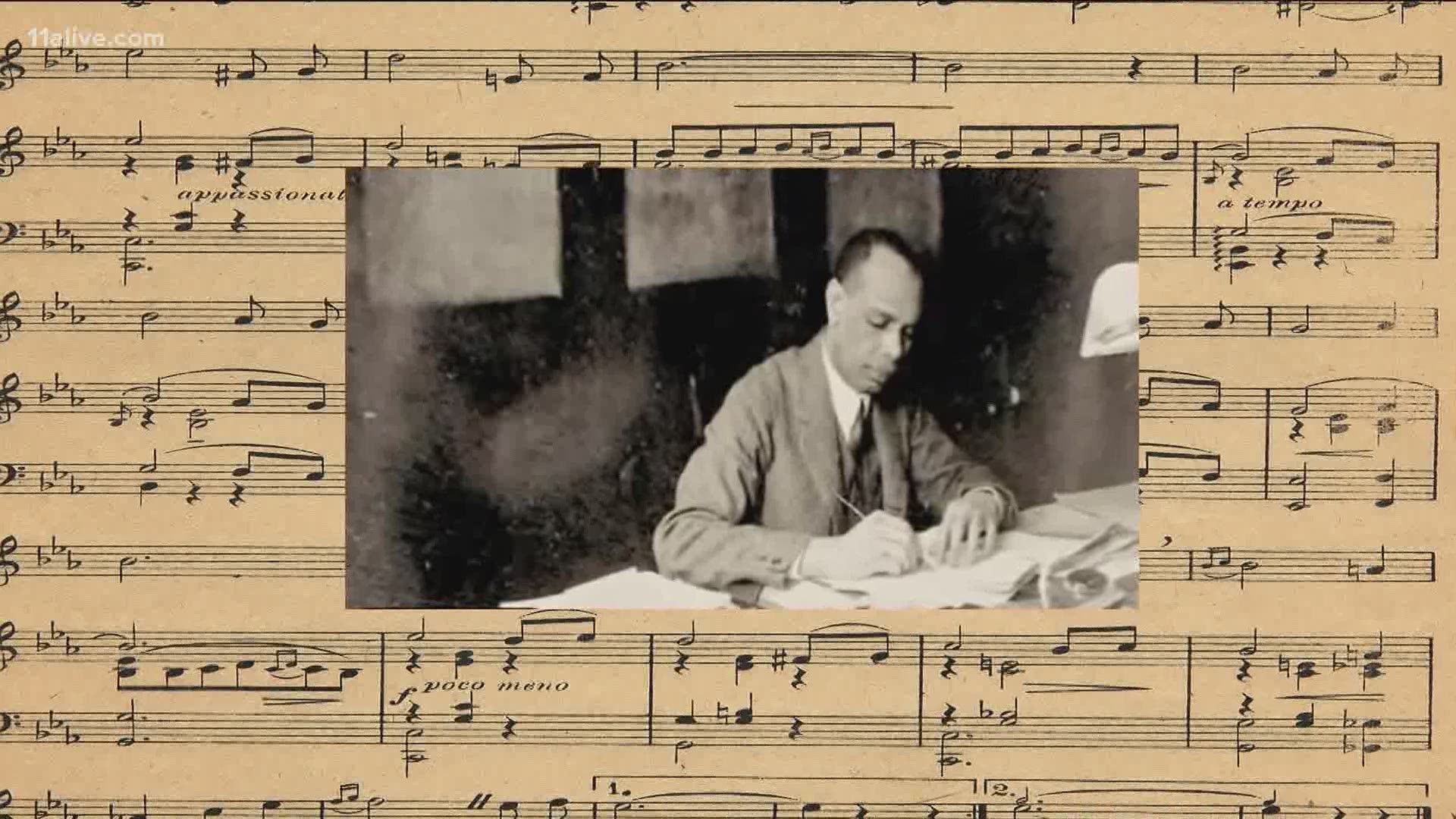Rep. Jim Clyburn, D-S.C., says he plans to introduce a resolution this week to designate "Lift Every Voice And Sing" -- also known as the Black national anthem -- as the official national hymn.
It would not replace the "Star Spangled Banner" -- the national anthem -- but USA TODAY reports it would earn a special place alongside the anthem. Clyburn reportedly hopes it will help serve as a way to heal the country in the midst of growing unrest.
“To make it a national hymn, I think, would be an act of bringing the country together. It would say to people, ‘You aren’t singing a separate national anthem, you are singing the country’s national hymn,'” said Clyburn, according to USA TODAY.
"That, to me, would be a unifying effort on our part. I would hope to get bipartisan support for that, Clyburn told CNN's Chris Cuomo Monday.
Clyburn reportedly said it's an idea he's considered for a couple of decades, but had been trying to "build up enough nerve" to introduce the idea of a national hymn.
The song received renewed attention last summer during the nationwide protests against police brutality of unarmed Black people.
According to the National Association for the Advancement of Colored People (NAACP), the song was originally written as a poem by James Weldon Johnson. NPR reports the poem was written when Jim Crow laws were replacing slavery and it became a rallying cry for Black communities, particularly in the South.
James' brother, John Rosamond Johnson, put the poem to music in 1899.
The first public performance of the song (which was also produced as "Lift Ev'ry Voice and Sing") was on Feb. 12, 1900, in Jacksonville, Florida, according to the NAACP. It was sung by 500 children at the Stanton School where James Weldon Johnson was principal. It became the official song of the NAACP in 1919 -- more than a decade before “The Star-Spangled Banner” was adopted as the national anthem of the U.S.

